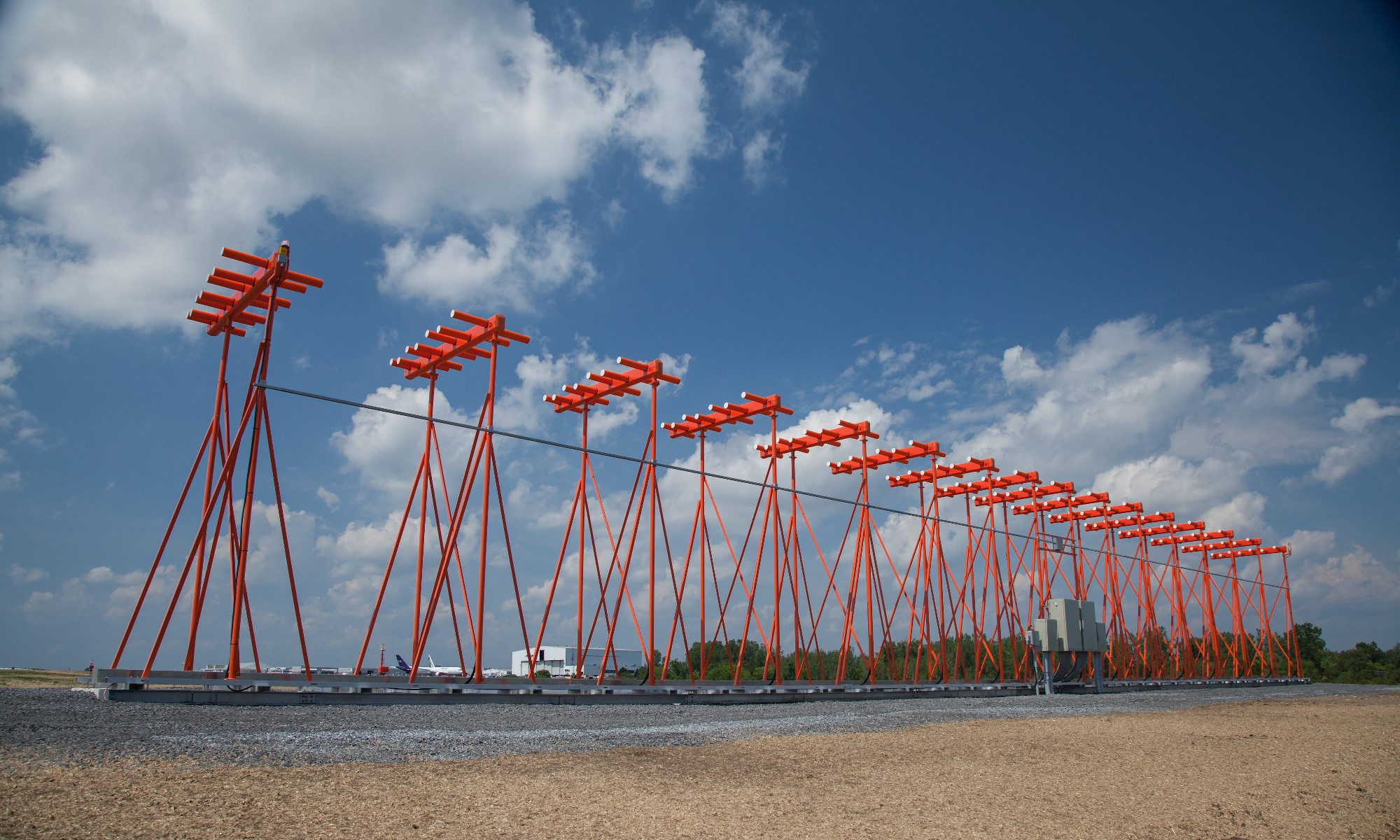Instrument Landing System Instrument landing system – ILS is the primary system for a precision approach in terms of categories I.-III.-A. In the chapter of Analysis are the basic aviation flight categories defined, plus a short description of the system components and their location near the runway. In the next chapter named Ground equipment, are …
Continue reading “Landing Systems”
The MLS is a system of precission approach for landing by instruments and constitutes a kind of an alternative to the ILS system. It provides information about the azimuth, optimal angle of descent and the distance, as well as data about the reverse course in case of an unsuccessful approach. It has several advantages compared …
Continue reading “Introduction into MLS”
The MLS system is comprised of ground pieces of equipment that are divided into the protractor components, rangefinder components, and the onboard hardware. The information about the angles of the approach course, descent, flare and the course of an unsuccessful approach are aquired through an onboard antenna or the aircraft itself by measuring the time …
Continue reading “Basic elements of the MLS”
One or more MLS antenna systems Onboard MLS receiver of signals of the ground protractor devices with a computing system for real time calculation of angular information Interrogator of the DME radio rangefinder Onboard MLS indicator Interconnection of the onboard MLS receiver’s output and the control systems The onboard equipment has to be able to …
Continue reading “MLS onboard equipment”
The MLS system operates at a frequency band of 5031,0 – 5090,7 MHz on two separate channels at a mutual interval of 300 kHz. The protractor part of the MLS system provides continually information about an aircraft’s position relative to the runway both in the vertical and horizontal plane. The rangefinder part enables to measure …
Continue reading “Principle of MLS operation”
The Instrument Landing System (ILS) is an internationally normalized system for navigation of aircrafts upon the final approach for landing. It was accepted as a standard system by the ICAO, (International Civil Aviation Organization) in 1947. Since the technical specifications of this system are worldwide prevalent, an aircraft equipped with a board system like the …
Continue reading “Introduction into ILS”
Categories of operation minimums. Category I A minimal height of resolution at 200 ft (60,96 m), whereas the decision height represents an altitude at which the pilot decides upon the visual contact with the runway if he’ll either finish the landing maneuver, or he’ll abort and repeat it. The visibility of the runway is at …
Continue reading “ILS Analysis”
Localizer One of the main components of the ILS system is the localizer which handles the guidance in the horizontal plane. The localizer is an antenna system comprised of a VHF transmitter which uses the same frequency range as a VOR transmitter (108,10 ÷ 111,95 MHz), however the frequencies of the localizer are only placed …
Continue reading “ILS ground equipment”
Localizer receiver The signal is received on board of an aircraft by an onboard localizer receiver. A simplified block scheme of the onboard receiver of the localizer’s signals is displayed in Fig. 6. The localizer receiver and the VOR receiver form a single unit. The signal of the localizer launches the vertical indicator called the …
Continue reading “ILS onboard equipment”
For the purpose of discontinuous addition of navigation data with the value of a momentary distance from the aircraft to the runway’s threshold, the following marker beacons are used: Outer Marker (OM) The outer marker is located 3,5÷6 NM (5.556÷11.112 km) from the runway’s threshold. Its beam intersects the glide slope’s ray at an altitude …
Continue reading “ILS marker beacons”
